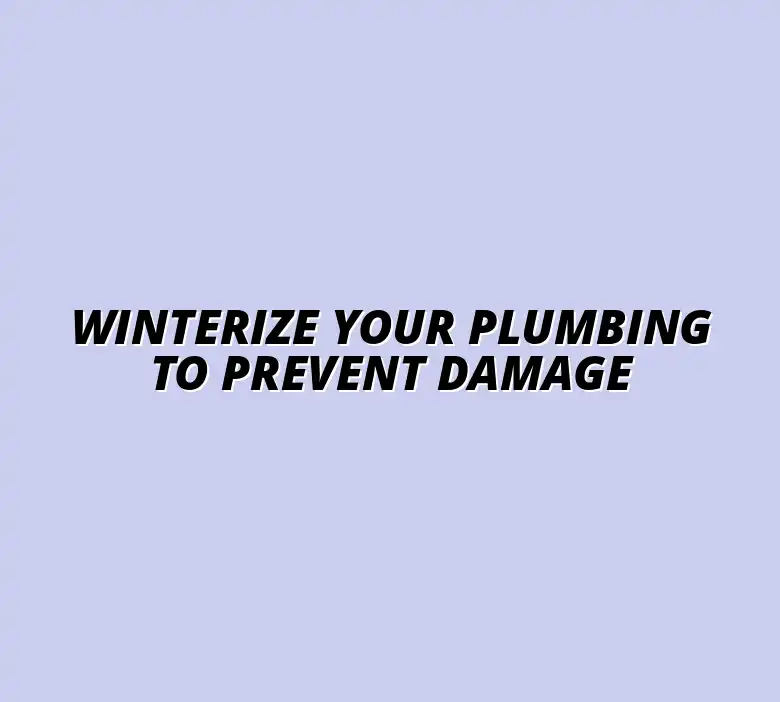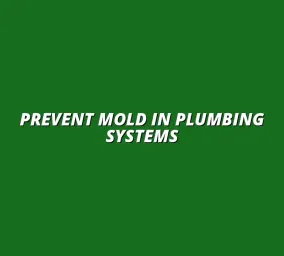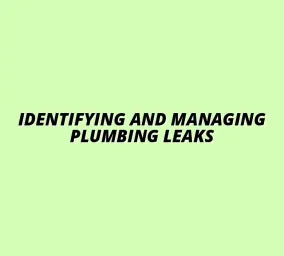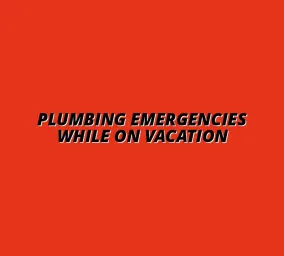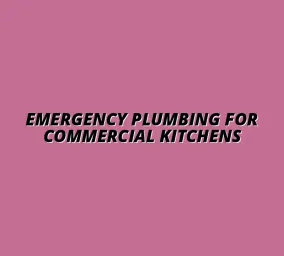Winterize Your Plumbing to Prevent Damage
Understanding the Risks of Burst Pipes During Winter
As winter approaches, the threat of burst pipes looms larger for homeowners. The chilly temperatures can lead to frozen pipes, which can cause serious damage if not managed properly. In this section, we’ll dive into how frozen pipes impact your home and highlight common areas at risk. For helpful tips on preventing frozen pipes this winter, check out this guide: prevent frozen pipes this winter.
The Impact of Frozen Pipes on Your Home
When water freezes in the pipes, it expands and can exert pressure on the pipe walls. This pressure can lead to cracks and eventually bursts, causing leaks that may be costly to repair. Understanding the effects of frozen pipes is crucial for safeguarding your home during the harsh winter months. Learn more about protecting your bathroom plumbing from leaks this winter with these winter bathroom plumbing leak prevention tips.
How Freezing Temperatures Affect Plumbing Systems
Freezing temperatures can wreak havoc on plumbing systems. Here are some key effects:
- Water expands as it freezes, creating internal pressure.
- Older pipes made of materials like copper are more susceptible to cracking.
- Even small leaks can lead to significant water damage and mold growth.
Being aware of these effects can help you take preventive measures to protect your plumbing. Don't forget about your water heater! Here's how to prevent water heater freezing this winter.
Common Areas Prone to Pipe Bursts
Some areas in your home are more at risk of freezing pipes than others. These include:
- Unheated basements or attics
- Outside walls where pipes are not insulated
- Garages that are not heated
- Areas near windows and doors that allow drafts
Inspecting these areas can help you identify vulnerable spots and take action before winter really sets in. For more kitchen plumbing tips to prevent freezing, see winter plumbing tips to prevent freezing.
Essential Steps for Winterizing Your Plumbing System
Winterizing your plumbing is an essential step in avoiding frozen pipes. By taking the time to prepare, you can save yourself from costly repairs and water damage. Below, I will outline some vital steps to help ensure your home's plumbing system is ready for the cold.
Preparing Your Home for Cold Weather
Getting your home ready for winter involves a few key preparations. Start by considering the following:
- Insulate pipes, especially those in unheated areas.
- Seal any gaps or cracks in walls or foundations.
- Ensure your heating system is in good working order.
Taking these precautions can significantly reduce the risk of frozen pipes and help maintain indoor warmth. Regular drain cleaning is also essential; find out the essential benefits of regular drain cleaning.
Insulating Pipes to Prevent Freezing
Insulation is one of the most effective ways to protect your pipes from freezing. You can use materials like foam sleeves or wrapping tape for added protection. Here’s how to effectively insulate your pipes:
- Identify pipes in unheated areas such as basements and crawl spaces.
- Apply insulation material around the pipes, making sure to cover all exposed areas.
- Check on your insulation periodically for wear and tear.
By following these steps, you’ll create a barrier against the cold that can help keep your plumbing safe.
Sealing Gaps and Cracks in Walls and Foundations
Sealing any gaps or cracks around your home is equally important. Here’s what you can do:
- Inspect areas around windows, doors, and vents for drafts.
- Use caulk or foam sealant to fill any visible gaps.
- Don't forget about foundation cracks; these can let in cold air and moisture.
Sealing these openings will help maintain a stable indoor temperature and protect your pipes from the biting cold.
Responding to Winter Plumbing Emergencies
When winter hits and a pipe bursts, it can create a chaotic situation in your home. The key is to act quickly to minimize damage and restore order! Knowing what steps to take can help you tackle this stressful scenario. If the worst happens, here's how to repairing a burst pipe quickly.
First, turn off the water supply to prevent further flooding. Locate the main shut-off valve and turn it clockwise. Then, you can assess the situation and consider your next moves.
What to Do If a Pipe Bursts
After you’ve shut off the water, here are some immediate steps to minimize damage:
- Open faucets to drain any remaining water.
- Use towels or buckets to catch any leaking water.
- Turn on heating to help dry affected areas.
- Take photos of the damage for insurance claims.
These actions can help prevent more damage and make dealing with the aftermath easier. Remember to stay calm and think through each step to ensure you don’t miss anything important!
Immediate Steps to Minimize Damage
Aside from the initial actions, consider the following to further limit damage:
- Disconnect any appliances near the water leak.
- Move furniture away from wet areas.
- If safe, use a fan or dehumidifier to reduce moisture.
Taking these precautions can help protect your belongings while you wait for repairs. It's important to be proactive during this stressful time! If you need emergency plumbing services in Billesley, Birmingham, contact a local plumber.
Contacting Emergency Plumbing Services
After addressing immediate concerns, you should contact a professional plumber. They can assess the damage and provide the necessary repairs. Look for services that offer emergency plumbing as they are often available 24/7!
When reaching out, provide as much information as you can about the issue. This includes the location of the burst pipe and what actions you've already taken to address it. Understanding the urgency will help them prioritize your situation.
Frequently Asked Questions About Winterizing Plumbing Systems
Winter can raise many questions about plumbing and preparedness. Here are some common inquiries homeowners have regarding winterizing their plumbing systems!
How Often Should I Winterize My Plumbing?
The frequency of winterizing your plumbing primarily depends on your local climate. If you live in an area with harsh winters, it’s wise to winterize your plumbing every year. However, in milder climates, you might only need to do this every few years.
Recommended Frequency Based on Climate
Here’s a quick guide on when to winterize based on your location:
- Severe winters: Annually
- Moderate winters: Every 2-3 years
- Mild winters: Every 4-5 years
Staying aware of your area’s weather patterns can help you determine the right timing for winterizing your plumbing system!
Signs That It’s Time for Another Inspection
Watch for these signs that indicate it’s time for another inspection:
- Changes in water pressure.
- Unusual noises in pipes.
- Visible leaks or wet spots on walls.
If you notice any of these signs, it’s better to err on the side of caution and have a professional take a look!
Can I Winterize My Plumbing Myself?
Absolutely! Many homeowners choose to winterize their plumbing systems on their own. It can save money and give you a better understanding of your plumbing!
Benefits of DIY Winterization
Here are some benefits of taking on this task yourself:
- Cost-effective — no need to hire a professional.
- Gain knowledge about your plumbing system.
- Customize winterization procedures to fit your home.
However, it's essential to do thorough research before attempting any winterization tasks. Knowledge is power!
Common Mistakes to Avoid
While DIY winterization can be rewarding, there are pitfalls to watch out for:
- Neglecting to drain all water from pipes.
- Overlooking gaps and cracks in insulation.
- Ignoring outside faucets and hoses.
Being aware of these common mistakes can help you avoid winter plumbing disasters!
Long-Term Benefits of Proper Winterization
Proper winterization can offer significant long-term benefits for your home. It's not just about avoiding immediate problems; it can also save you money over time!
Cost Savings from Preventative Maintenance
Winterizing your plumbing now can lead to lower repair costs later. By preventing burst pipes, you can save yourself from hefty repair bills. Plus, regular maintenance can prolong the lifespan of your plumbing!
How Winterizing Can Lower Repair Costs
Consider the following ways winterization helps save money:
- Reduces the likelihood of emergency plumbing calls.
- Prevents water damage that can be costly to repair.
- Helps maintain the value of your home.
These savings can add up quickly, making winterization a smart investment!
Extending the Lifespan of Your Plumbing System
Taking the time to properly winterize your plumbing can help extend its overall lifespan. Well-maintained pipes are less likely to suffer from corrosion and other issues.
In the long run, this means fewer replacements and repairs, allowing you to enjoy your home without worrying about ongoing plumbing issues!
Final Thoughts on Protecting Your Home's Plumbing
As winter approaches, taking the necessary steps to protect your plumbing can make all the difference. A little effort now can prevent major headaches later!
Creating a Comprehensive Winterization Checklist
To make the process easier, consider creating a winterization checklist. This should include:
- Insulate pipes in unheated areas.
- Drain outdoor faucets and hoses.
- Check heating systems for efficiency.
Having a checklist ensures that you don’t forget any important steps. It’s a handy tool to streamline your winter preparations!
Encouraging Regular Maintenance for Homeowners
Finally, remember that regular maintenance is key to avoiding issues in the future. Encourage not just yourself but friends and family to stay on top of plumbing tasks throughout the year!
A little diligence can save a lot of trouble down the road. So, let’s keep our homes safe and secure this winter!

